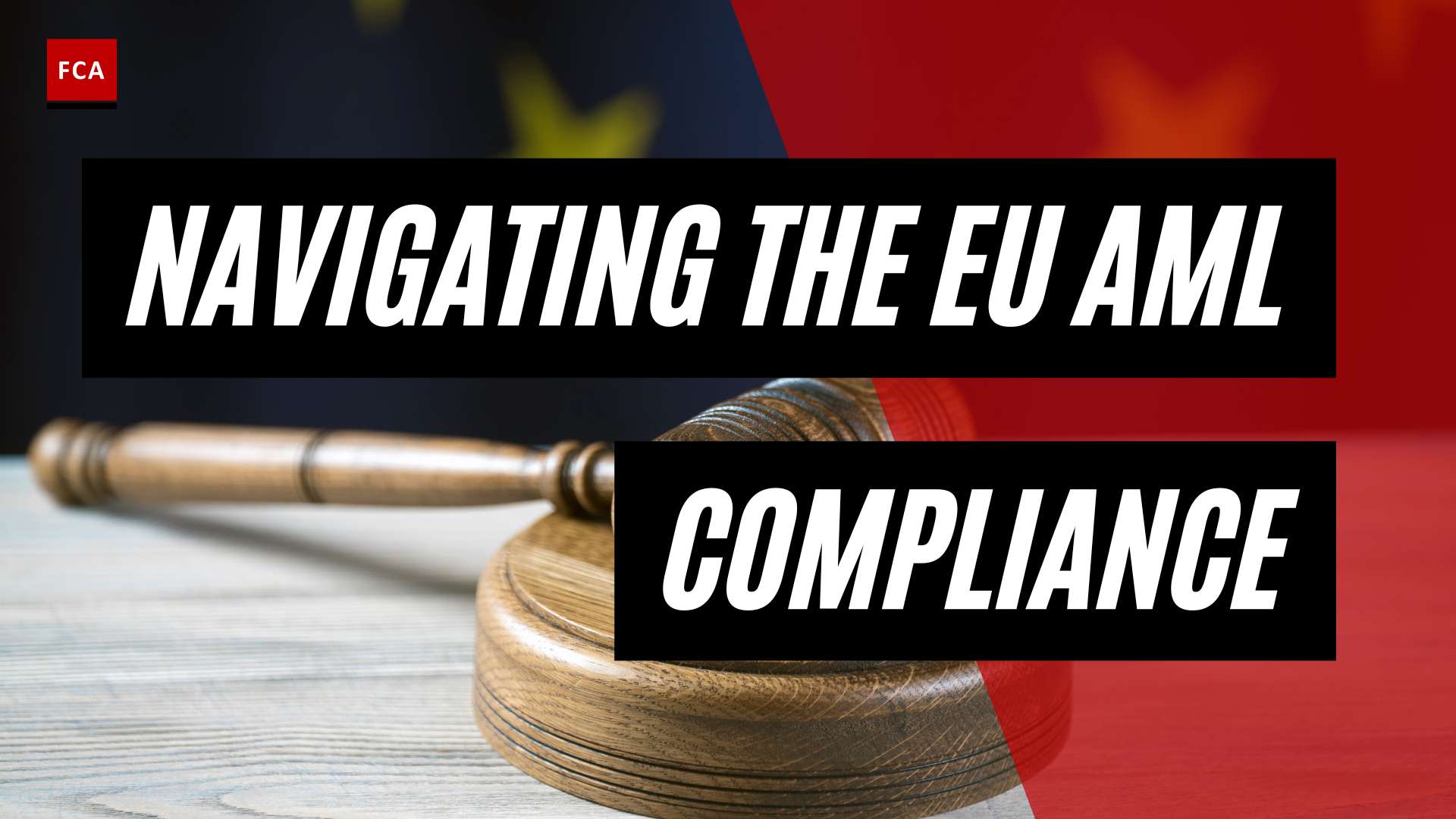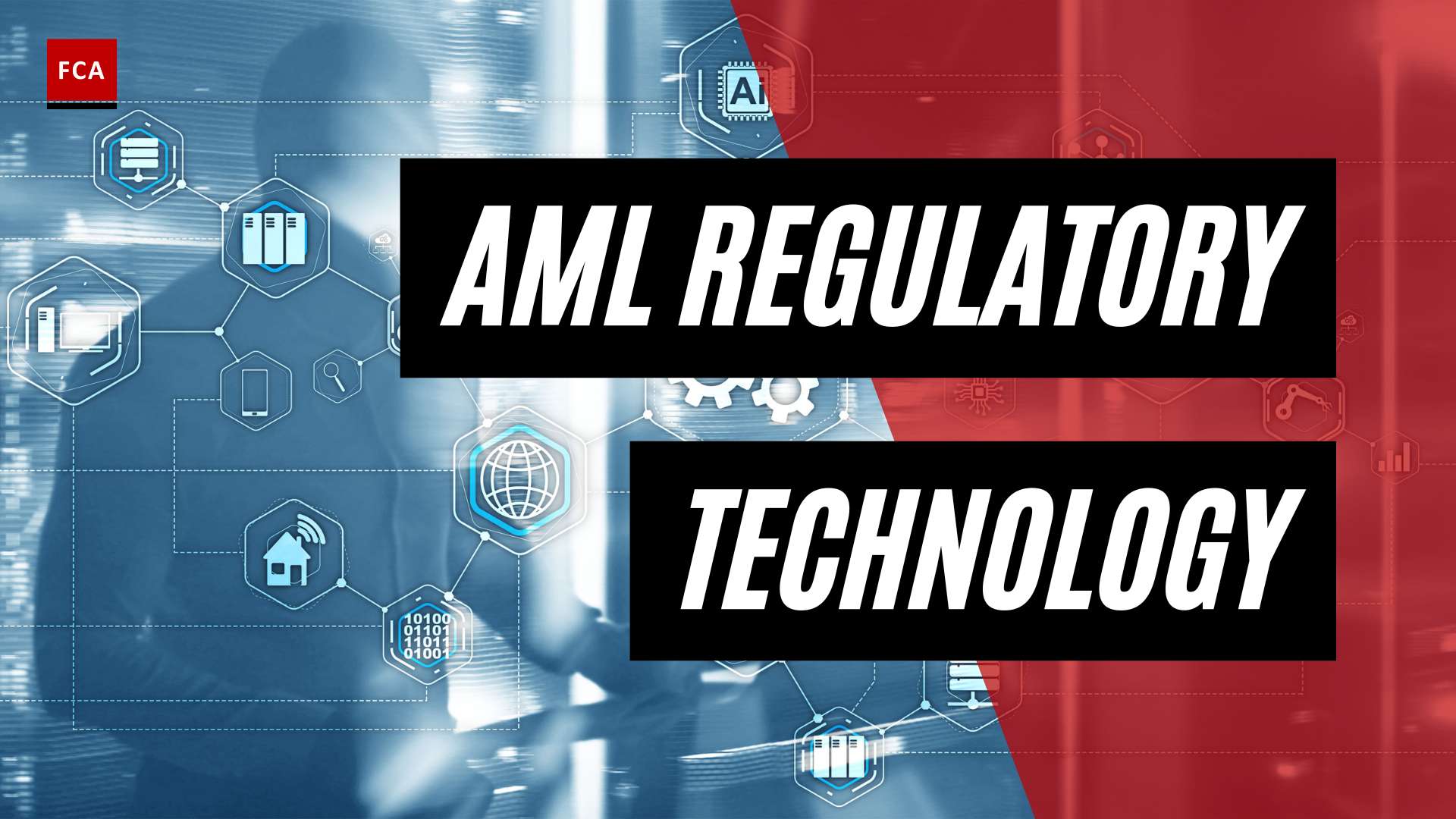Understanding Money Laundering
Money Laundering is a criminal activity that is complex, clandestine, and has far-reaching implications. It’s crucial for professionals working in compliance, risk management, and anti-financial crime to understand its intricacies.
Definition and Basics of Money Laundering
Money laundering is the process of making illegally-gained proceeds appear legal. It is a method used by criminals to conceal their activities and the money involved, making the proceeds of their crimes appear legitimate. This is often accomplished through a complex sequence of banking transfers or commercial transactions, which makes tracing the original source of funds challenging.
A few well-documented money laundering examples include using cash to purchase life insurance policies and then allowing them to lapse, purchasing and selling valuable assets like art, and using shell companies to disguise ownership and transfer of funds, particularly in the real estate sector. Misrepresentation of goods or services in trade-based money laundering and the misuse of money services businesses (MSBs) are also common methods used to launder money.
The Stages of Money Laundering
Understanding the stages of money laundering is crucial to detecting and preventing this illicit activity. These stages typically include placement, layering, and integration.
Placement: This is the process of introducing the illicit money into the financial system. This might be done by breaking up large amounts of cash into less conspicuous smaller sums that are then deposited directly into a bank account, or by purchasing a series of instruments (such as checks or money orders) that are then collected and deposited into accounts at another location.
Layering: In this stage, the money launderer typically engages in a series of conversions or movements of the funds to distance them from their source. Layering may consist of several bank-to-bank transfers, wire transfers between different accounts in different names in different countries, making deposits and withdrawals to continually vary the amount of money in the accounts, changing the money’s currency, and purchasing high-value items (such as houses or businesses) to change the form of the money. This is sometimes known as complex layering.
Integration: The final stage of the process. At the integration stage, the money re-enters the mainstream economy in legitimate-looking form — it appears to come from a legal transaction. This may involve a final bank transfer into the account of a local business in which the launderer is “investing” in exchange for a cut of the profits, the sale of a property bought during the layering stage, or simply spending money that has been laundered on luxury goods.
By understanding the basics of money laundering and its stages, professionals can better equip themselves to detect and prevent these activities, which are crucial aspects of anti-money laundering compliance.
Looking at Real Life Examples
To better understand the dynamics of money laundering, let’s delve into real-world examples. These cases, involving life insurance, the art world, and shell companies in real estate, unveil the intricate strategies employed to disguise illicit funds.
Money Laundering through Life Insurance
One method of money laundering involves life insurance policies. Individuals use cash to purchase these policies, then borrow against them, and finally let the policies lapse. This circular method obscures the source of the funds and provides a veneer of legitimacy to the illicit cash (Investopedia). This example underscores the importance of know your customer (kyc) and customer due diligence procedures in the insurance sector as key components of anti-money laundering compliance.
Money Laundering in the Art World
The art world is another arena susceptible to money laundering. Criminals purchase and sell valuable artworks to mask the origin of the cash used in these transactions. The high value of art pieces, coupled with the subjective nature of their pricing, makes this a fertile ground for money laundering schemes. This highlights the need for rigorous checks and transparency in high-value art transactions.
Shell Companies and Real Estate
Real estate transactions, particularly those involving shell companies, are another common conduit for money laundering. Criminals often purchase real estate using cash and conceal their ownership through shell companies or hidden property ownership to obscure the trail of funds and complicate tracing their illicit origins (Investopedia).
In some cases, property valuations are manipulated, and criminals collaborate with real estate agents or appraisers to undervalue or overvalue properties. This illicit practice allows them to acquire loans or maximize the amount laundered through inflated property values.
In one notable case, a Honduran man laundered over $1 million in bribes through international wire transfers to purchase properties in New Orleans, including office spaces (ComplyAdvantage). In another case, a private bank allegedly allowed an account owned by the Vatican to spend $350 million investing in London property, facilitating illegal real estate transactions, including those by drug traffickers to buy properties in Bulgaria (ComplyAdvantage).
These examples illustrate the importance of beneficial ownership transparency in real estate transactions and the need for rigorous anti-money laundering procedures in the sector. They also highlight the challenges that law enforcement agencies face in tracing the flow of illicit funds and the pivotal role of offshore banking in money laundering schemes.
Trade-based Money Laundering
Trade-based money laundering is a complex form of financial crime that utilizes trade transactions to hide, move, and invest illicitly earned money. It is one of the three fundamental methods of money laundering, alongside layering and integration, all of which can be explored in our article on the stages of money laundering.
Misrepresentation of Goods or Services
Trade-based money laundering involves misrepresenting the price, quantity, or quality of goods or services in order to transfer value between countries and hide the illicit source of funds (Investopedia). This method can be used in both the layering stage of money laundering to create complex layers of transactions and in the integration stage of money laundering to reintroduce the laundered money back into the legitimate economy.
The misrepresentation of goods or services can take several forms, such as over-invoicing, under-invoicing, multiple invoicing, or falsely describing goods or services. These fraudulent practices are often facilitated by shell companies and obscured beneficial ownership structures, which can make it difficult for authorities to detect and investigate these activities.
Case Studies in Trade-based Money Laundering
One notable example of trade-based money laundering involved a criminal organization using undervalued goods and fake invoices to launder $1.8 million in dirty money (UNODC). In this case, the organization purchased goods in one country at a low price and then sold them in another country at a much higher price. The difference in price was used to launder the illicit money.
This case serves as a stark reminder of the importance of robust anti-money laundering compliance procedures, including thorough customer due diligence and ongoing monitoring of transactions. By understanding the techniques used in trade-based money laundering, professionals working in compliance, risk management, and anti-financial crime can better identify and mitigate the risks associated with this type of illicit activity.
These money laundering examples highlight the need for continuous vigilance and effective controls in the global trade sector. As the methods used by criminals continue to evolve, it is crucial for organizations to stay informed and adapt their anti-money laundering strategies accordingly. By understanding the tactics used in money laundering, professionals can better safeguard their organizations and contribute to the global fight against financial crime.
Misuse of Money Services Businesses
Money Services Businesses (MSBs) play a crucial role in the global financial system, offering services like money transfer, currency exchange, and check cashing. However, the misuse of MSBs has become a significant concern in combating money laundering, as these businesses can facilitate the movement of funds without proper scrutiny or regulatory oversight (Sanction Scanner).
Unregistered Money Transmitters
In the context of money laundering, criminals often exploit unregistered money transmitters, a subset of MSBs, to move illicit funds without attracting attention from authorities (Sanction Scanner). These unregistered entities operate under the radar, bypassing the stringent regulations and customer due diligence procedures that traditional financial institutions are subject to.
Transfers made through these unregistered MSBs may not leave a record, making it challenging to trace the funds’ original source or ultimate destination. This makes them an ideal conduit during the layering stage of money laundering, where the goal is to obscure the origins of illicit funds.
The relative ease and anonymity provided by unregistered money transmitters make them attractive to criminals, who use these services to move money across borders without detection. This is a significant challenge for anti-money laundering compliance efforts worldwide.
Case Studies of MSB Misuse
The misuse of MSBs is unfortunately not uncommon, with numerous instances recorded across the globe. For instance, criminals have been known to use MSBs to launder money from illegal activities such as drug trafficking, fraud, and organized crime. In many cases, these illicit funds are moved through unregistered MSBs, making it difficult for authorities to detect and trace the transactions.
The misuse of MSBs is a stark reminder of the importance of robust regulatory oversight in the financial sector. It underscores the need for effective Know Your Customer (KYC) procedures, stringent monitoring of transactions, and thorough due diligence to prevent such misuse.
The fight against money laundering is continuous, with new methods and techniques constantly emerging. By understanding and learning from these money laundering examples, regulators, compliance officers, and financial institutions can better equip themselves to detect and prevent illicit money flows in the future.
Money Laundering through Real Estate
Real estate transactions offer an effective way for criminals to launder illicit funds. The sector’s high-value transactions, combined with the often-complex legal and financial arrangements involved, present an attractive opportunity for criminals seeking to legitimize their ill-gotten gains.
Buying and Selling Property
A common method criminals employ involves purchasing real estate using cash and then concealing their ownership through shell companies or hidden property ownership (Sanction Scanner). This method obscures the trail of funds and complicates tracing their illicit origins, posing challenges for law enforcement agencies.
Another strategy involves the manipulation of property valuations. Criminals often collaborate with real estate agents or appraisers to undervalue or overvalue properties. This tactic allows them to acquire loans or maximize the amount laundered through inflated property values.
Criminals also establish shell companies in foreign jurisdictions to own real estate, which facilitates the movement of illicit funds across borders. This method makes it difficult for authorities to trace the flow of funds, demonstrating a method used to hide money laundering activities.
Case Studies in Real Estate Money Laundering
Real estate money laundering is a global issue. According to a report by Global Financial Integrity (GFI), more than $2.3 billion was laundered through US real estate from 2015 to 2021. This highlights how real estate remains one of the most popular ways to move illicit funds.
In another example, over the past decade, about $20 billion entered the real estate market in the Greater Toronto area of Canada without proper scrutiny from anti-money laundering authorities (Sanction Scanner).
| Region | Amount Laundered (2015 – 2021) |
|---|---|
| United States | $2.3 Billion |
| Greater Toronto, Canada | $20 Billion |
These examples emphasize the importance of vigilance and effective anti-money laundering compliance within the real estate sector. By understanding the tactics criminals use and being aware of red flags, professionals in the real estate sector can play a critical role in disrupting these illicit financial flows.
For those working in compliance, risk management, and anti-financial crime, understanding these money laundering examples can help in identifying potential risks and implementing effective customer due diligence procedures.
Money Laundering Scandals
Even with strict anti-money laundering compliance measures and regulatory controls in place, instances of large-scale money laundering continue to surface. Let’s examine some notable money laundering scandals that have made headlines in recent years.
The FinCEN Files Leak
In 2020, the leak of the FinCEN (Financial Crimes Enforcement Network) Files exposed a vast network of financial corruption. Over 400 journalists from 88 countries collaborated on this investigation, uncovering an astounding $2 trillion in suspicious transactions.
These secret files contained information about transactions flagged as suspicious by banks but were allowed to proceed. The report highlighted serious failures in global banking systems, allowing large sums of money to be moved without adequate checks.
The FinCEN Files leak underscored the importance of thorough customer due diligence and rigorous enforcement of Know Your Customer (KYC) regulations. The case serves as a stark reminder of the potential scale and complexity of money laundering operations.
The Panama Papers Leak
The Panama Papers leak in 2016 was a monumental revelation that unveiled numerous high-profile cases of money laundering, tax evasion, and international sanctions avoidance. The leak implicated banks, law firms, and high-profile individuals worldwide, revealing the extent of illicit financial activities concealed through offshore banking and shell companies.
The Panama Papers highlighted the misuse of anonymous shell companies to hide beneficial ownership, a common tactic in the layering stage of money laundering. As a result, the scandal prompted calls for greater transparency in offshore financial services and stronger regulations to identify beneficial owners.
The Troika Laundromat Scandal
The ‘Troika Laundromat’ scandal involved the laundering of $4.6 billion through a network of fake companies and illicit financial transactions between 2006 and 2013. This scheme involved multiple parties across different jurisdictions, showcasing the global reach of money laundering operations.
The Troika Laundromat scandal brought to light the misuse of shell companies to obscure the origins of illicit funds, a common tactic in the integration stage of money laundering. The scandal led to investigations and legal actions, further emphasizing the importance of global cooperation in combating money laundering.
Each of these scandals underscores the importance of robust anti-money laundering measures and the ongoing need for vigilance and enforcement. By studying these ‘money laundering examples’, professionals in compliance, risk management, and anti-financial crime can gain a deeper understanding of the tactics employed by money launderers and how to detect and prevent these illicit activities.
Learning from Money Laundering Cases
Understanding real-world scenarios is one of the most effective ways to comprehend the complex process of money laundering. This section takes a closer look at some of the most significant money laundering examples in recent history to provide valuable insights into how these events unfolded and the lessons learned.
The Wachovia Bank Case
In 2010, Wachovia Bank was implicated in a substantial money laundering operation that involved Mexican drug cartels. The bank facilitated the laundering of close to USD 390 billion between 2004 and 2007 through its branches. The illicit funds, gleaned from drug sales in the U.S., were smuggled across the Mexican border and later returned to Wachovia’s U.S. accounts. The bank failed to verify the source of these funds, thus falling short of their Know Your Customer (KYC) obligations. In lieu of prosecution, Wachovia paid a $160 million fine and pledged to enhance their Anti-Money Laundering (AML) procedures.
The Standard Chartered Bank Case
Standard Chartered Bank faced hefty penalties for repeated violations of U.S. sanctions. Initially fined $670 million in 2012 for violations involving Iran, the bank was accused again in 2019 of ignoring sanctions against countries such as Zimbabwe, Burma, Iran, Sudan, Cuba, and Syria. For these infractions, U.S. and U.K. authorities fined Standard Chartered a total of $1.1 billion, underlining the severe consequences of flouting international law.
The Danske Bank Case
Danske Bank’s Estonian branch served as a conduit for an estimated $228 billion in laundered funds between 2007 and 2015. This scandal, involving thousands of suspicious customers, brought substantial public attention to the bank’s compliance failures. Danish authorities imposed fines totaling $2 million and attributed blame to several managers within the bank.
The BCCI Case
The Bank of Credit and Commerce International (BCCI) engaged in fraud and money laundering activities totaling up to U.S. $23 billion. BCCI utilized sophisticated money laundering schemes such as shell companies, privacy havens, commissions, and bribery. The bank’s closure in 1991 led to numerous legal actions, including BCCI suing the Bank of England for negligence in identifying early warning signs. This case highlights the importance of robust AML compliance programs (Sanction Scanner).
These money laundering examples underscore the importance of stringent AML procedures, thorough customer due diligence, and the necessity of understanding the stages of money laundering to detect and deter financial crime. By learning from these cases, professionals in compliance and risk management can better prepare and protect their organizations from similar situations.









